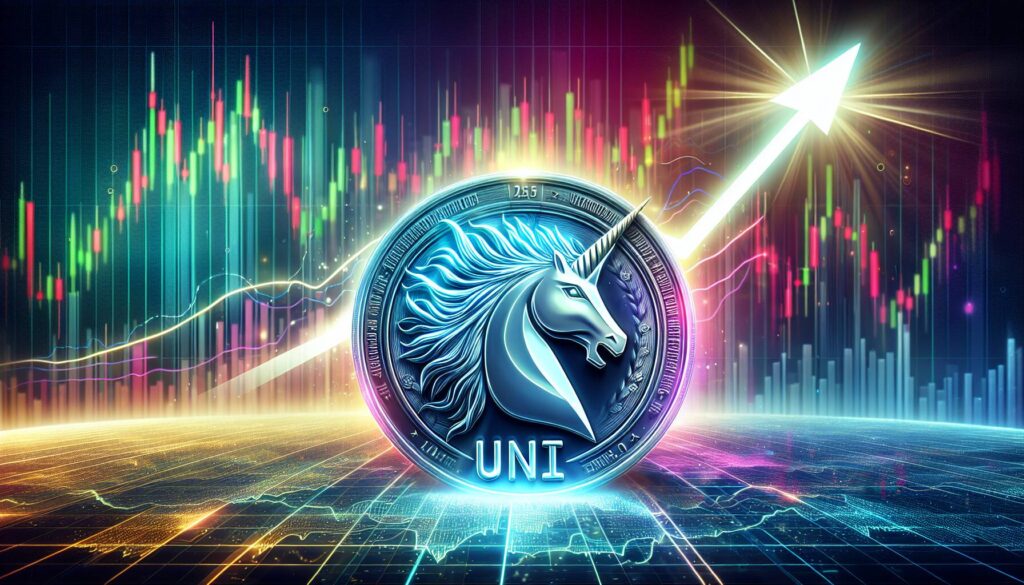The cryptocurrency landscape continues to evolve, showcasing dynamic shifts in mining activities and competition. Recently, data revealed that the monthly average network hashrate has experienced a notable increase of 5%, now reaching 1,082 EH/s (exahashes per second). This rise in hashrate serves as a crucial indicator of the growing competition within the industry and reflects the increasing mining difficulty faced by operators.
“The surge in hashrate is a testament to the resilience and adaptation of miners in the ever-changing cryptocurrency ecosystem.”
As more miners enter the arena, the network hashrate functions as a gauge for industry health and technological advancements. With a higher hashrate, the competitive landscape becomes fiercer, potentially indicating more robust investment in mining infrastructure and efficiency. This development is essential for stakeholders keen on understanding the shifting dynamics of cryptocurrency mining.
Moreover, the implications of this rise extend beyond mere numbers; it hints at a future where mining operations must continually innovate to remain profitable amidst increasing difficulty levels. Depending on one’s perspective, these trends could signal an invigorated market with enhanced engagement from both miners and investors alike.

Monthly Average Network Hashrate Increase
The recent increase in network hashrate has significant implications for the cryptocurrency mining industry and individual miners.
- 5% Increase in Hashrate:
- Rise to 1,082 EH/s indicates growing competition among miners.
- Higher hashrate can lead to increased mining difficulty.
- Impact on Mining Rewards:
- As mining difficulty increases, rewards per miner may decrease.
- Miners may need to invest in more efficient hardware to remain profitable.
- Market Implications:
- An increase in hashrate can signal confidence in the cryptocurrency market.
- Potential for increased market stability or volatility, impacting investments.
- Environmental Considerations:
- Higher hashrate often correlates with increased energy consumption.
- Concerns regarding the carbon footprint of mining operations.
Hashrate Surge: Navigating the Changing Landscape of Crypto Mining
The recent increase in the monthly average network hashrate, now standing at 1,082 EH/s, signals both opportunities and challenges within the competitive crypto mining sector. A 5% rise not only highlights growing competition among miners but also offers insightful implications for operator strategies and profitability.
Competitive Advantages: The uptick in hashrate can attract investors looking to capitalize on enhanced mining capabilities. Established mining firms with advanced equipment can leverage this growth to increase outputs, positioning themselves as leaders in a crowded market. Additionally, the heightened difficulty may drive less efficient miners out, potentially consolidating market share for those who adapt swiftly.
Potential Disadvantages: Conversely, increased mining difficulty could strain small or mid-sized operations that lack the resources to maintain high-efficiency mining rigs. These businesses may struggle to stay profitable under rising operational costs, resulting in a potential exit from the market. Moreover, the surge may indirectly lead to an inflation of energy costs in regions where power is a key factor in mining viability.
Who Benefits and Who Faces Challenges: Larger-scale miners poised to scale operations might find this trend beneficial, as they can absorb increased costs and continue to innovate. However, small-scale miners and new entrants could find themselves at a disadvantage, particularly if they are unable to invest in the latest technologies. For investors, this environment may present a two-fold landscape, where opportunities abound for those with the means to navigate through increased competition, while smaller outfits may struggle to remain afloat.

















